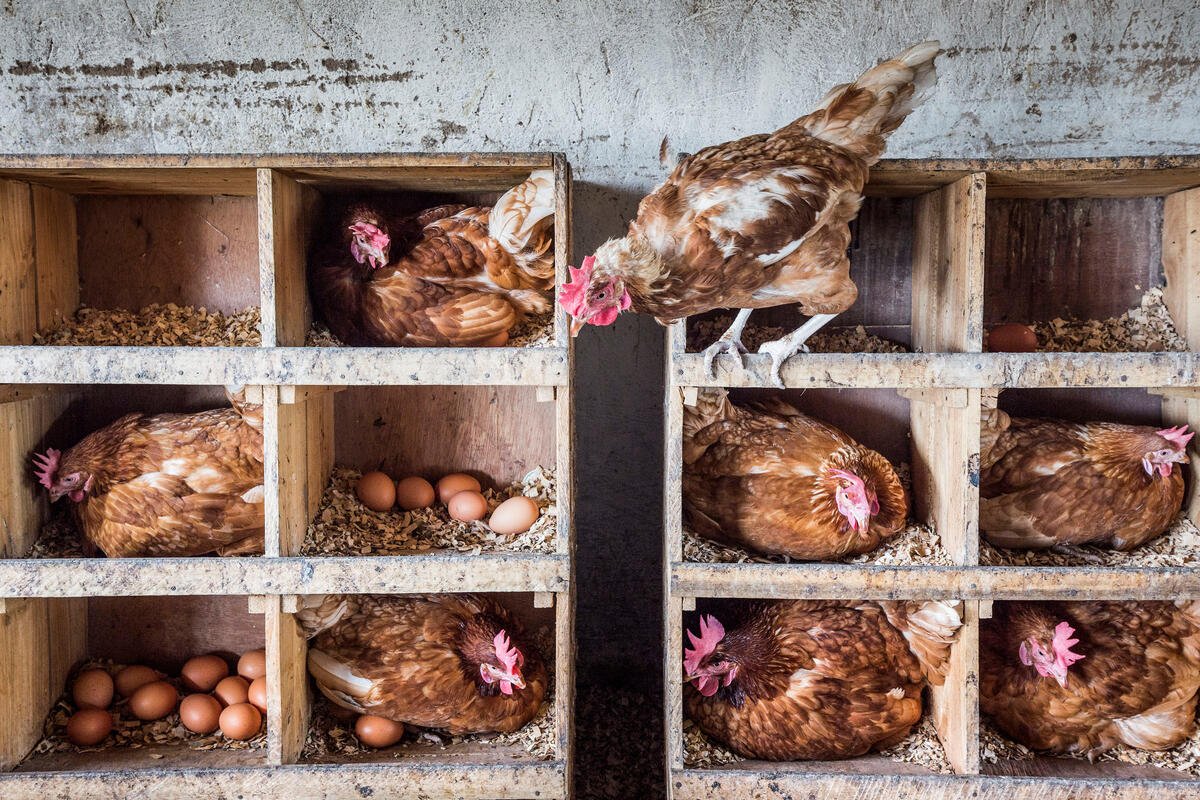Wednesday, 12 November 2025
Emerging economies to drive animal-source food consumption and production
OECD-FAO Agricultural Outlook 2025-2034: New edition examines market trends over the coming decade, with a focus on mitigating emissions and boosting food security for the world’s poorest Production and calorie…

OECD-FAO Agricultural Outlook 2025-2034: New edition examines market trends over the coming decade, with a focus on mitigating emissions and boosting food security for the world’s poorest
Production and calorie intake of animal-source products are expected to increase as incomes rise in middle-income countries, but further increases in food production through improvements in agricultural productivity will be necessary to reduce under-nourishment and agricultural greenhouse gas (GHG) emissions at a global level, according to a new report released by the Food and Agriculture Organization of the United Nations (FAO) and the Organisation for Economic Co-operation and Development (OECD).
The OECD-FAO Agricultural Outlook 2025-2034 serves as a key global reference on medium-term prospects for agricultural and fish markets at national, regional and global levels. The 21st edition of the joint analysis projects that global per capita calorie intake of livestock and fish products will increase by 6 per cent over the next decade, driven largely by a rapid rise in lower-middle-income countries, where growth is anticipated to reach 24 per cent, nearly four times faster than the global average.
While this rise in intake of nutrient-rich food in lower-middle-income countries will bring average per capita intake to 364 kcals daily, persistent inequalities within and across countries will remain challenging. In low-income countries, average daily per capita intake of animal-source foods is projected at 143 kcal, well below the 300-kcal benchmark used by FAO to analyse the cost and affordability of a healthy diet.
“We have the tools to end hunger and boost global food security,” OECD Secretary-General Mathias Cormann said. “Well-coordinated policies are needed to keep global food markets open, while fostering long-term productivity improvements and sustainability in the agriculture sector. The OECD and FAO can support policymakers around the world in these efforts with our data, analysis and evidence-based recommendations.”
“These projections point to better nutrition for many people in developing countries, a welcome outcome that needs to be scaled up to reach those in the lowest-income countries,” FAO Director-General QU Dongyu said. “Lower carbon intensity of agrifood systems is also welcome, but we can do better, and FAO and OECD stand ready to help drive it down even more.”
Technology
MENU ORDER AI to launch app aimed at GLP-1 users and health-conscious diners
Nov 10, 2025 | Company News
Harnessing Quantum AI for Greener Minds and Healthier Futures
Nov 10, 2025 | Interaction
Intertek acquires Costa Rican testing business Suplilab
Nov 07, 2025 | Company News
Food Testing
Intertek acquires Costa Rican testing business Suplilab
Nov 07, 2025 | Company News
Thermo Fisher Scientific launches Orbitrap mass detector for food safety testing
Oct 24, 2025 | Company News
ADM advances quality capabilities with opening of new Central Milling Laboratory
Oct 16, 2025 | Company News
More Popular
HEINEKEN opens new brewery in Brazil
Nov 12, 2025 | Beverages
Remilk and Gad Dairies introduce The New Milk in Israel
Nov 12, 2025 | Beverages
Ochre Spirits closes seed round led by Ah! Ventures to build next-gen beverage house
Nov 12, 2025 | Beverages





